Project Summary:
Environmental Farmers Group (EFG) is a farmer-led organisation focused on delivering environmental improvements financed through nature markets. The farmers work together to identify where natural capital improvements would best be made, and where opportunities exist for nature markets. The EFG shares knowledge and processes across its members to strengthen their position as owners and managers of natural capital. The EFG was launched in May 2022 in the Hampshire Avon river catchment and completed its first trade in March 2023. As of October 2023, it comprises of 257 farmers and 140,000 hectares, with a mix of owner occupiers and tenant farmers, and has since expanded its model elsewhere in England.
Acknowledgements
With many thanks for their time and insight on this case study:
Robert Shepherd, Farmer and Board Member, Environmental Farmers Group
Ed Shuldham, Farmer and Scoping Group Member, Environmental Farmers Group
Digby Sowerby, Operations Officer, Natural Capital Advisory
Rachel Ridd, Business Officer, Natural Capital Advisory
Published 11/04/2024
How is the EFG led by farmers and maintaining the farmers’ best interests?
EFG was founded by farmers and its governance is designed to prioritise the interests of its farmer members. EFG has four main entities within its structure to help with this:
- EFG Board – To ensure EFG remains farmer led and independent, there is a Board made up of the founding farmers who provide decision making and direction. The Board meets monthly and agrees on the strategies and activities that will support its Members.
- Executive – EFG contracts Natural Capital Advisory (NCA – a subsidiary of GWCT) to complete all day-to-day management of the business. The executive reports to the Board.
- Steering Groups – As EFG has expanded to different catchments, it has created Steering Groups that are made of the farmers that worked to replicate the EFG model in their area, or ‘cell’. Although each cell adopts EFG’s model, Steering Groups provide local focus on key priorities and opportunities. To date, EFG has four running Steering Groups in Dorset, Test & Itchen, Northern Lincs and Northants.
- Members – Every farmer who wants to become a Member signs a Membership Agreement which gives them rights and obligations as part of the cooperative. The farmer members themselves are kept updated regularly through the EFG’s online portal, virtual meetings and in-person meetings every three months. When farmers choose to pursue nature market deals, EFG works with them directly to help achieve the best terms.
How does EFG help farmers address risks and liabilities in nature market deals?
When a farmer member wants to pursue a nature market opportunity, for example for the sale of BNG units to a local developer, EFG advises the farmer on the details and practicalities to help make sure they are achieving fair terms.
However, the farmers ultimately sign a contract directly with their buyer that means they are responsible for delivery of the ecological uplift. EFG does not accept any contractual liability as an intermediary. Digby Sowerby, Operations Officer at NCA, says that while some farmers may prefer to have this risk transferred away, EFG’s model also allows them to maintain their independence, which many of its members consider to be a strong advantage.
EFG’s model can help farmers to address risks in the following way:
Physical risk – how are the habitats being designed to be resilient?
To help identify where ecological changes are most suited, EFG is developing a Catchment Scale Conservation Plan (see Milestone 1 for more detail on the ‘Plan’) across the areas it operates. The Plan is being developed with several ecologists looking at factors like soil type, hydrology and habitat connectivity. This helps to identify where new or restored habitats, such as riparian planting or enhanced grasslands, have the greatest chance of resilience and permanence.
Farmers do not have to adhere to the Plan when considering deals and trades. For example, if a farmer member is separately approached by a buyer for a particular type of habitat on their land, then they have first rights of refusal, in line with EFG’s trade allocation policy. However, EFG can help to determine the physical risk of a habitat in a particular area, whether this is in line with the farmer’s risk appetite, and what other mitigating factors (such as maintenance liability caps) may be negotiated.
Market risk – what if things like prices or inflation rates move adversely?
As part of its core function, EFG gathers market intelligence on behalf of its farmer members to ensure that the prices it negotiates, and the costs that go into its calculations, are at a fair value.
To keep this intelligence up to date, EFG has built a network with other project developers, accountants, buyers, solicitors and other market actors across England. Sowerby comments that this service is a huge draw for EFG’s farmers, who do not have time to develop such a network and keep abreast of nature markets. EFG gives market updates as part of its members meetings.
EFG also uses its seller collective advantage to negotiate better prices for its farmers – with its membership now representing 1.6% of farmed land in England.
Reputational risk – what if the project is accused of bad practices?
What legal structure does EFG take, and how does this work with the farmers?
While EFG acts more as a cooperative with no intention to retain profits itself, it has set up a limited private company (Ltd) for its operations.
While other legal entities were considered, such as a Community Interest Company, EFG chose a Ltd because this will allow re-distribution of any excess profits. Sowerby says that in the future the EFG may have excess funds, and it wants to retain the option of re-distributing these profits back to EFG’s farmer members. The Ltd structure was also the simplest structure to use, in terms of both set-up and ongoing administration.
You can hear more about the EFG’s model below:

